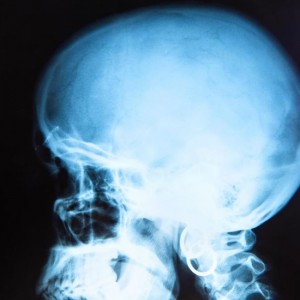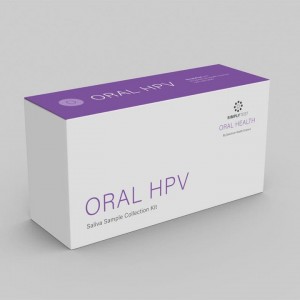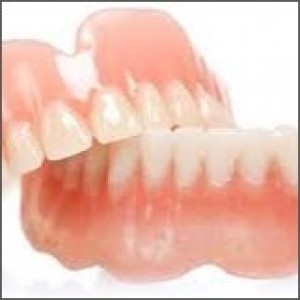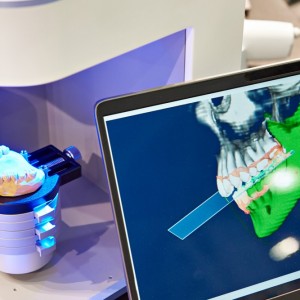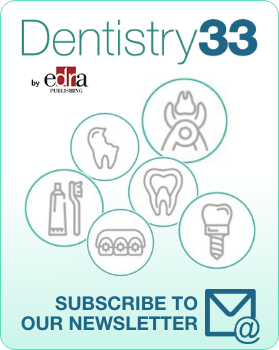
Which perform better? Comparison of lithium disilicate glass-ceramic complete and partial coverage restorations in posterior teeth.
Edoardo Mancuso
Dental caries and tooth wear remain an oral public health issue affecting nearly 100% of the adult population.
When the amount of lost tooth structure is important, often either a complete or a partial coverage restoration is chosen. However, considering the significant increase in life expectancy and in the number of retained natural teeth at an older age in the world population, preserving as much as possible the tooth structure has become fundamental.
Thus, over many years, restorative dentistry has favored minimally invasive procedures to preserve tooth structure. Nevertheless, which type of ceramic restoration, complete or partial, performs better over a long time is still unclear.
In this regard, Professor K.A. Malamet has written an article, published in the Journal of Prosthetic Dentistry with the aim to compare long-term clinical survival and the clinical factors influencing the outcomes of adhesively bonded e.max lithium disilicate glass-ceramic complete and partial coverage restorations and to evaluate the performance of e.max lithium disilicate restorations in the posterior teeth.
MATERIAL AND METHODS
In the study presented, participants requiring single-unit defect-specific posterior partial coverage restorations, single-unit posterior complete coverage restorations, or a combination were recruited in a clinical private practice. Is reported in the research that teeth included had adequate periodontal support, no or limited mobility, and adequate remaining tooth structure for the choice of a single-unit defect-specific partial or complete coverage restoration.
Prof. Malamet describes that for partial coverage restorations, defect-specific tooth preparations were performed removing all caries and created adequate retention form.
For complete coverage restorations, 1.5-mm-deep margins were prepared with finishing burs.
The lost-wax technique and a glass-ceramic pressing system were then used to fabricate the definitive restorations. After clinical evaluation and necessary adjustment, all restorations were etched (4.5% buffered hydrofluoric acid) for 20 seconds, and silane was applied for 60 seconds. The teeth were etched with 38% phosphoric acid.
RESULTS
In the article is written that data collection began in February 2003 and was finished after 16.9 years. The study included 738 participants and 2392 pressed lithium disilicate posterior units, of which 1782 were complete and 610 were partial coverage restorations. There were 22 failures recorded for the 2392 posterior restorations, with an overall survival rate of 96.49%.
It is reported that most failures (77% - 17/22) occurred within 5.6 years and that there were no failures beyond 7.9 years of service.
The survival rates of complete and partial coverage posterior restorations were statistically similar: complete 96.75% (n=1782, 16 failures) and partial 95.27% (n=610, 6 failures).
No statically significant differences were found also considering the dental arch, different teeth, sex, age, thickness ≥ to and < than 1.0 mm
CONCLUSION
The article concludes drowning several conclusions based on the findings of the clinical study:
1. The survival of 2392 posterior e.max lithium disilicate complete and partial coverage restorations placed in 738 participants was evaluated at 16.9 years. Only 22 failures were recorded with a 16-year cumulative survival of 96.49%.
2. The data indicated that acid-etched and adhesively bonded monolithic IPS e.max pressed lithium disilicate complete and partial coverage restorations exhibited excellent survival in the posterior teeth.
3. No statistically significant difference was found between complete and partial coverage restorations.
4. Covariates such as tooth position, sex, and age demonstrated no effect on survival.
5. The thickness of the restorations also had no effect; restorations with surfaces <1 mm and ≥1 mm performed similarly over 16.9 years.
6. Taking into consideration the data size and the follow-up time, the present study provided evidence to guide clinicians in choosing treatment and material options.
Deciding between full coverage or partial restoration requires scientific knowledge and clinical experience. Every day more in the literature the limits of indirect partial restoration is pushed forward, showing us how preserving tooth structure is almost always the preferable option.
 Tag
Tag
 Read more
Read more
Much like EMTs rushing to the scene after an accident, stem cells hurry to the site of a skull fracture to start mending the damage. A new finding has uncovered the signaling mechanism that triggers...
Products 05 November 2025
SimplyTest has launched a groundbreaking saliva-based test to detect high-risk strains of oral human papillomavirus (HPV), a major cause of oropharyngeal cancers.
News 05 November 2025
Perimetrics, Inc., a dental technology company pioneering quantitative diagnostics, announced today that the U.S. Food and Drug Administration (FDA) has granted clearance for the InnerView...
News 05 November 2025
On October 15, open enrollment for Medicare began nationwide. Hundreds of thousands of seniors in New Jersey will once again face the challenge of finding the right Medicare coverage, including the...
Digital Dentistry 04 November 2025
Digitalisation is an expanding field in dentistry and implementation of digital teaching methods in dental education is an essential part of modern education.



